
The Vibrant Heart of Valparaíso: Plan
Discover Plan in Valparaíso: A vibrant downtown bursting with colorful street art, historic sites, and a lively atmosphere perfect for every traveler.
Plan, the bustling downtown area of Valparaíso, is the perfect blend of history, culture, and modernity. Known for its colorful architecture and vibrant street art, Plan offers a unique visual experience that is both captivating and inspiring. This neighborhood is a hub of activity, where locals and tourists mingle in lively markets, charming cafes, and historic sites. Begin your exploration at Plaza Sotomayor, the central square that houses the Monument to the Heroes of Iquique and the stunning Edificio Armada de Chile. From here, you can wander through the narrow streets and discover hidden gems like the Museo de Historia Natural de Valparaíso or the iconic El Mercurio building. Don’t miss the chance to ride one of the historic funiculars that transport you to the upper hills, offering breathtaking views of the city and the Pacific Ocean. Plan is also a culinary haven, with a wide array of dining options that cater to every palate. Whether you’re in the mood for traditional Chilean dishes or international cuisine, you’ll find plenty of restaurants and food stalls to satisfy your cravings. As the sun sets, the neighborhood comes alive with an energetic nightlife scene, featuring live music, bars, and clubs that promise a memorable evening.
Local tips in Plan
- Wear comfortable shoes; the cobblestone streets and hills can be challenging to navigate.
- Visit early in the morning to avoid the crowds and get the best photos of the street art.
- Keep an eye on your belongings, as pickpocketing can be an issue in crowded areas.
- Try the local seafood dishes at the Mercado Cardonal for an authentic culinary experience.
- Take a guided tour to learn more about the rich history and cultural significance of the area.
The Vibrant Heart of Valparaíso: Plan
Plan, the bustling downtown area of Valparaíso, is the perfect blend of history, culture, and modernity. Known for its colorful architecture and vibrant street art, Plan offers a unique visual experience that is both captivating and inspiring. This neighborhood is a hub of activity, where locals and tourists mingle in lively markets, charming cafes, and historic sites. Begin your exploration at Plaza Sotomayor, the central square that houses the Monument to the Heroes of Iquique and the stunning Edificio Armada de Chile. From here, you can wander through the narrow streets and discover hidden gems like the Museo de Historia Natural de Valparaíso or the iconic El Mercurio building. Don’t miss the chance to ride one of the historic funiculars that transport you to the upper hills, offering breathtaking views of the city and the Pacific Ocean. Plan is also a culinary haven, with a wide array of dining options that cater to every palate. Whether you’re in the mood for traditional Chilean dishes or international cuisine, you’ll find plenty of restaurants and food stalls to satisfy your cravings. As the sun sets, the neighborhood comes alive with an energetic nightlife scene, featuring live music, bars, and clubs that promise a memorable evening.
Iconic landmarks you can’t miss
Plaza Sotomayor
Discover the historical charm and vibrant culture of Plaza Sotomayor, Valparaíso's iconic square adorned with stunning architecture.
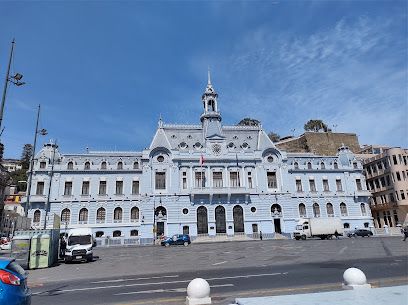
La Sebastiana Museo de Pablo Neruda
Explore La Sebastiana, the vibrant museum of Pablo Neruda in Valparaíso, where poetry and stunning ocean views come together for an unforgettable experience.
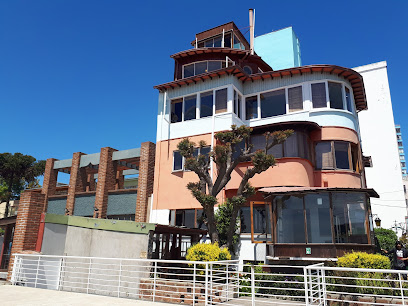
Valparaiso Cultural Park
Experience the artistic heartbeat of Valparaíso at the Cultural Park, where creativity and community come together in a vibrant setting.
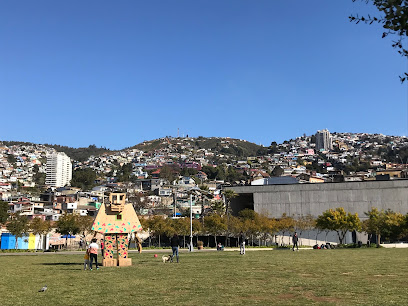
Paseo 21 de Mayo de Valparaíso
Discover the stunning views and vibrant culture at Paseo 21 de Mayo de Valparaíso, a must-visit destination for every traveler.
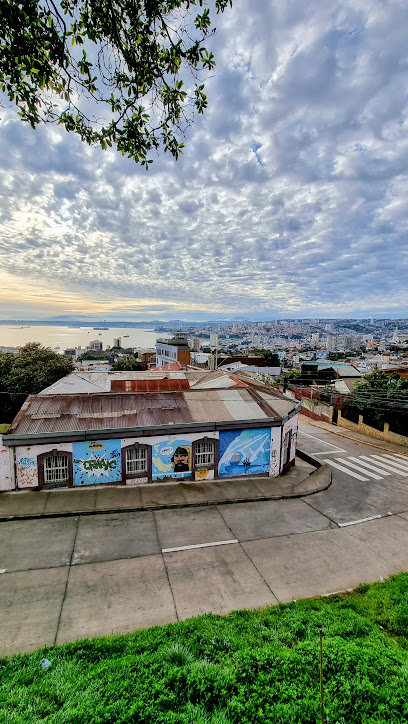
Museo a Cielo Abierto
Explore Valparaíso's Museo a Cielo Abierto, a vibrant open-air gallery filled with stunning street art that showcases the city's rich artistic culture.
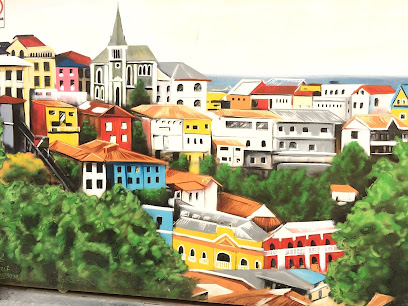
Arco Británico
Experience the rich heritage of Valparaíso at Arco Británico, a stunning memorial and cultural landmark celebrating the city's vibrant history.
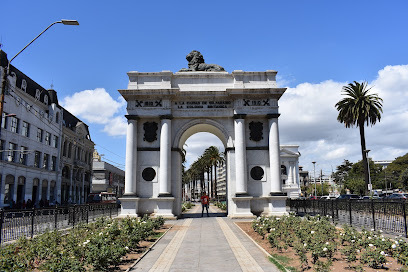
Monumento a Los Heroes de Iquique
Explore the Monumento a Los Heroes de Iquique in Valparaíso, a tribute to Chilean bravery with stunning views and rich cultural heritage.
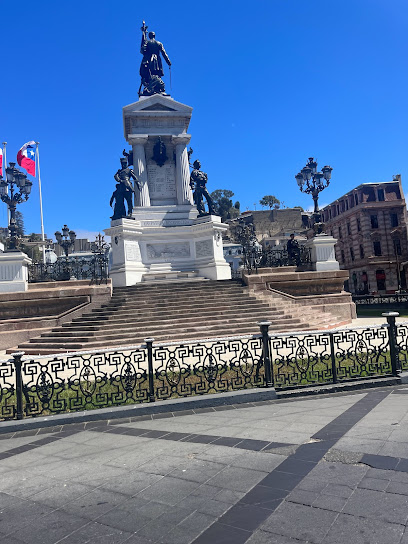
Palacio Lyon
Explore the architectural beauty and rich history of Palacio Lyon in Valparaíso, a captivating monument and tourist attraction.
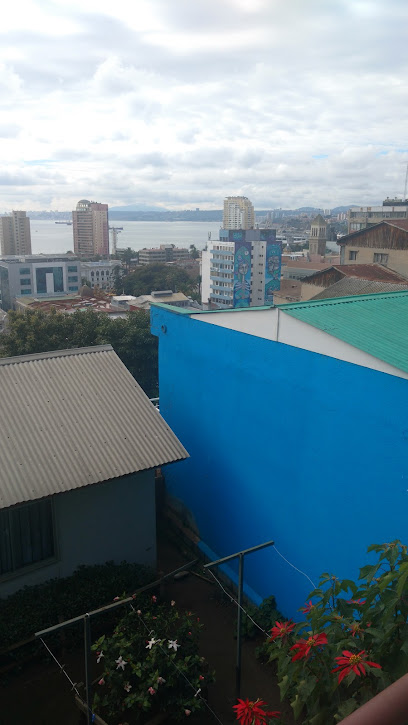
Tour del Graffiti Valparaiso
Explore the colorful murals of Valparaíso on the Tour del Graffiti, where art and culture blend seamlessly to tell the city's unique story.
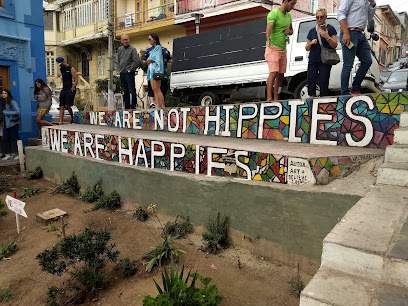
Unmissable attractions to see
Plaza Sotomayor
Experience the vibrant history and culture of Valparaíso at Plaza Sotomayor, a must-visit tourist attraction filled with stunning architecture and lively atmosphere.
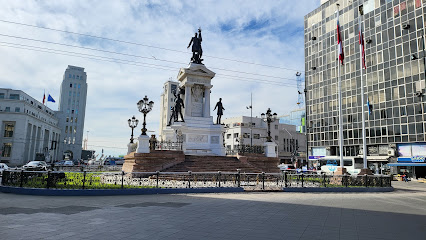
La Sebastiana Museo de Pablo Neruda
Explore La Sebastiana, the vibrant museum dedicated to Pablo Neruda, located in the heart of Valparaíso, Chile, offering art, culture, and breathtaking views.
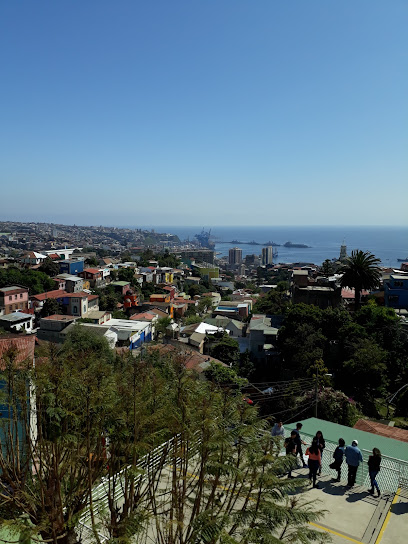
Ascensor Reina Victoria
Explore the iconic Ascensor Reina Victoria in Valparaíso, offering breathtaking views of colorful hills and the Pacific Ocean.
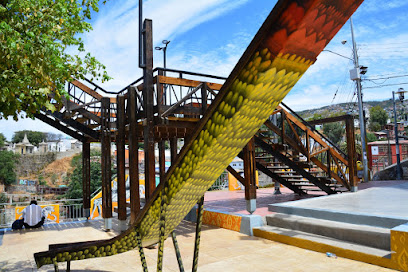
Paseo 21 de Mayo de Valparaíso
Experience the breathtaking views and vibrant culture of Valparaíso at the scenic Paseo 21 de Mayo, a must-visit tourist attraction.
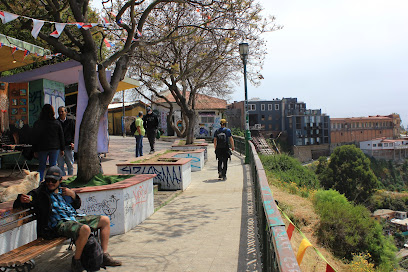
Museo de Historia Natural de Valparaíso
Explore the Museo de Historia Natural de Valparaíso, a premier destination for discovering Chile's diverse natural and cultural history.
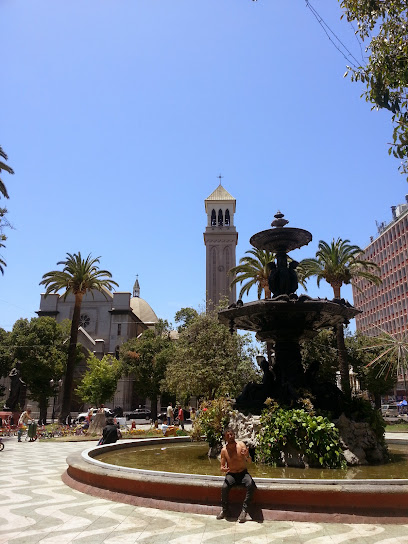
Palacio Lyon
Explore the architectural marvel of Palacio Lyon, a historical monument in Valparaíso, Chile, showcasing the city's rich cultural heritage and vibrant atmosphere.
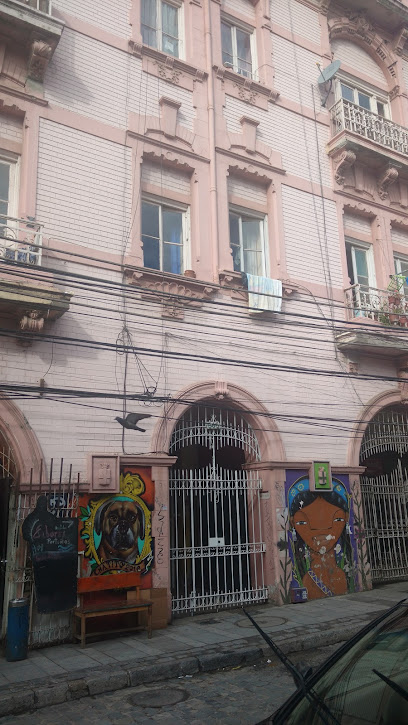
Tour del Graffiti Valparaiso
Explore the colorful street art of Valparaíso with the Tour del Graffiti, showcasing the city's vibrant culture and artistic heritage in every mural.
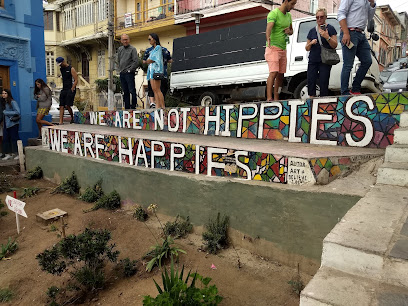
Essential places to dine
Portofino Restaurant
Discover Portofino Restaurant in Valparaíso: where exquisite seafood meets stunning ocean views for an unforgettable dining experience.
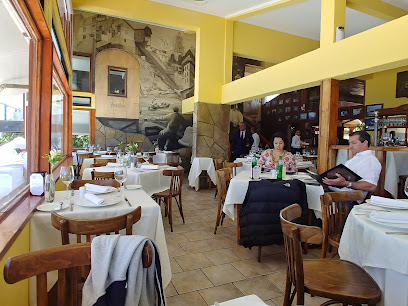
Restaurant O'Higgins
Experience authentic Chilean cuisine at Restaurant O'Higgins in Valparaíso - where every dish tells a story.
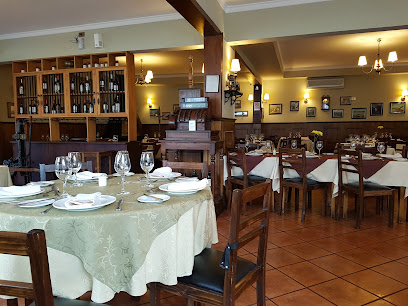
Restaurant La Concepción
Discover authentic Chilean flavors at Restaurant La Concepción in Valparaíso - a must-visit dining destination for food lovers.
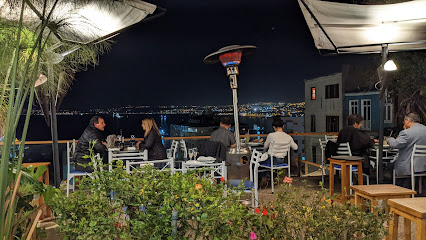
Moneda de Oro
Experience the best of Chilean cuisine at Moneda de Oro, where fresh ingredients meet exceptional service in vibrant Valparaíso.
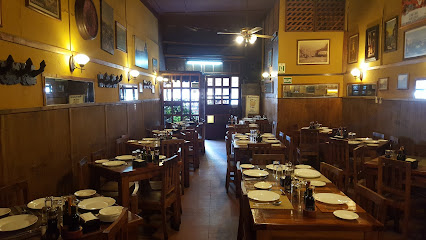
La Caperucita y el Lobo
Discover culinary excellence at La Caperucita y el Lobo in Valparaíso—where local flavors meet stunning views.

IL PAPARAZZO RISTORANTE & WINEBAR
Experience the finest Italian and Mediterranean cuisine at Il Paparazzo Ristorante & Winebar in Valparaíso, where flavor meets elegance.

Café Del Pintor
Discover Café Del Pintor: A culinary oasis in Valparaíso blending local flavors with artistic charm.
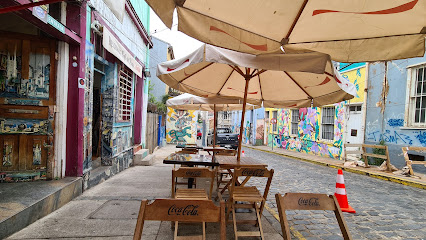
Club House Restaurant
Experience exquisite seafood and grill delights at Club House Restaurant in Valparaíso, where breathtaking views meet exceptional cuisine.
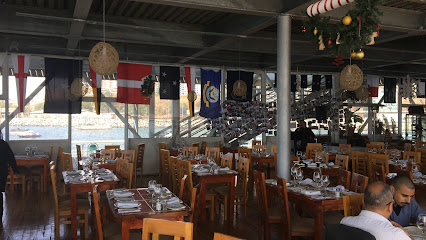
La Bruschetta
Experience authentic Italian flavors at La Bruschetta in Valparaíso - where every dish tells a story.
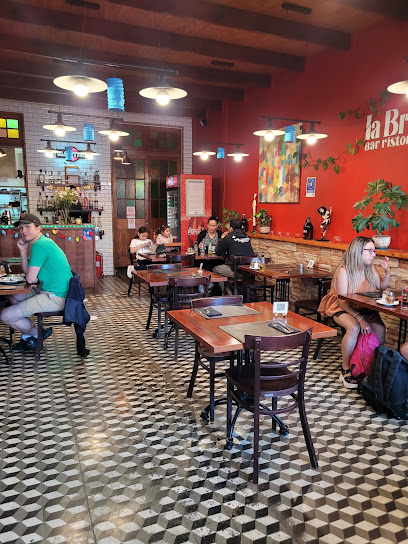
Restaurant Fauna
Discover the exquisite flavors of Chilean cuisine with stunning views at Restaurant Fauna in Valparaíso.
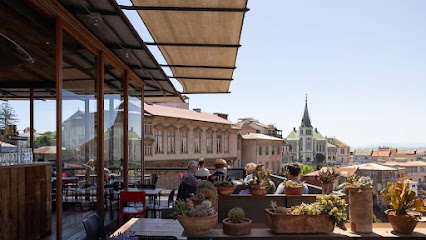
Markets, malls and hidden boutiques
Mall Paseo Ross
Discover Valparaíso's vibrant shopping scene at Mall Paseo Ross, where modern retail meets local charm in a unique coastal atmosphere.
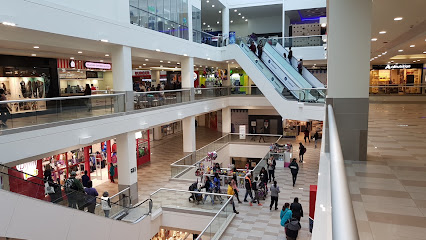
Easy Valparaíso
Explore Easy Valparaíso for unique home goods, stylish furniture, and local decor that captures the essence of Chilean culture.
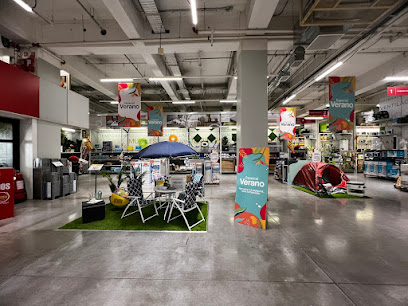
Paris
Immerse yourself in Valparaíso's vibrant shopping scene, where local artistry meets home essentials in a charming coastal city.
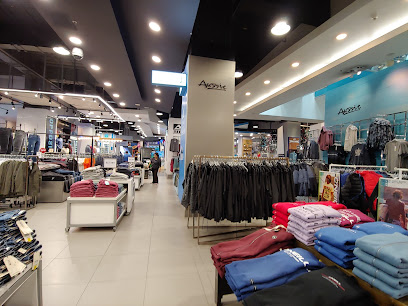
Mall Paseo del Puerto
Discover the vibrant shopping experience at Mall Paseo del Puerto in the heart of Valparaíso, Chile - where local flavor meets modern retail.
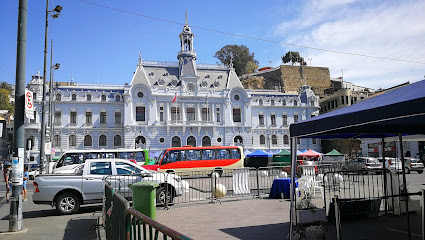
Sombrereria Woronoff
Explore the unique hat collection at Sombrereria Woronoff, a stylish fashion accessories store in the artistic heart of Valparaíso.
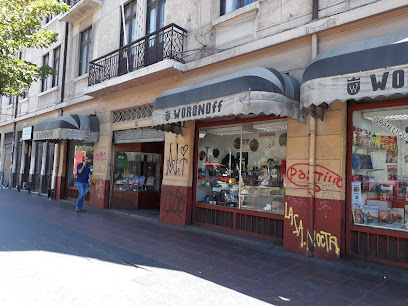
Rojo, Galería, arte y diseño. Galería de pintores, artesanos y diseñadores nacionales.
Discover the essence of Valparaíso's art scene at Rojo Galería, a charming hub for unique gifts and local artistry.
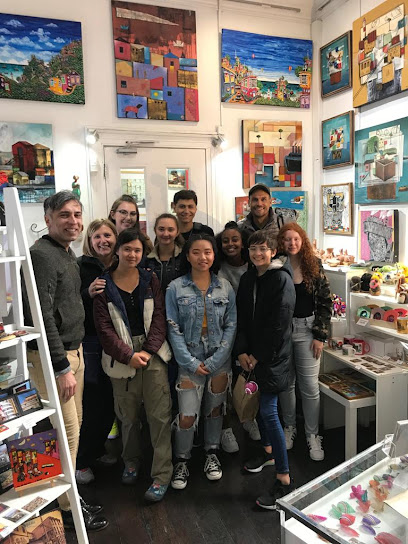
ROCKET TCG GAME STORE
Explore ROCKET TCG GAME STORE in Valparaíso, where trading card enthusiasts unite for games, community, and creativity in a vibrant atmosphere.
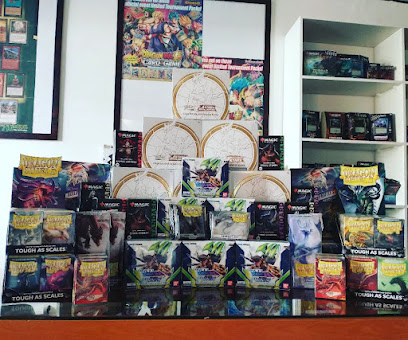
TOKO BARU
Explore Toko Baru, a charming gift shop in Valparaíso offering unique local crafts and souvenirs that embody the spirit of Chilean culture.
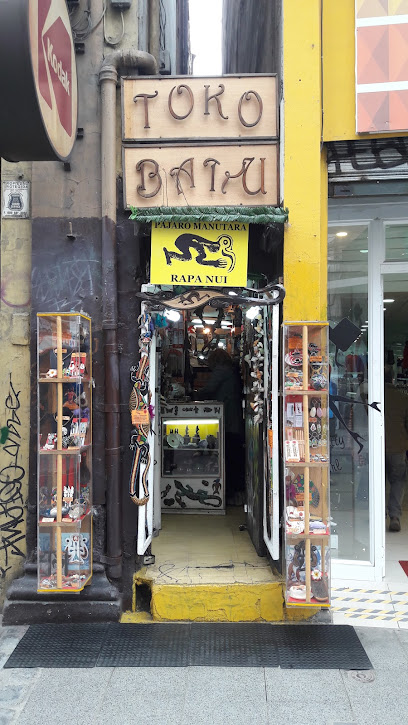
La Vida Porteña - Valparaiso
Explore La Vida Porteña in Valparaiso for unique handcrafted souvenirs and a true taste of Chilean culture.
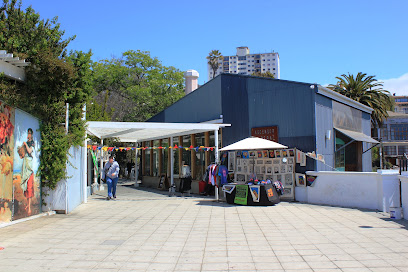
SUJAG
Explore SUJAG in Valparaíso, a paradise for sports memorabilia and fitness enthusiasts, where every item tells a story.

Essential bars & hidden hideouts
Proa Bar
Discover the vibrant nightlife of Valparaíso at Proa Bar, where music, dancing, and local culture come together for an unforgettable evening.

Bar Cinzano
Experience the vibrant nightlife of Valparaíso at Bar Cinzano, where delicious drinks and stunning views await.
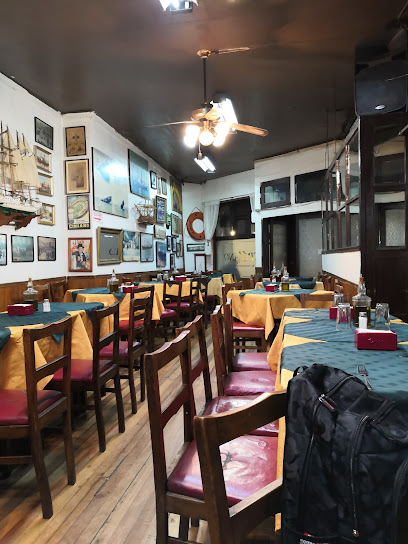
Bar Restaurant Victoria
Experience the vibrant flavors of Valparaíso at Bar Restaurant Victoria, a culinary hotspot with a cozy atmosphere and diverse menu offerings.
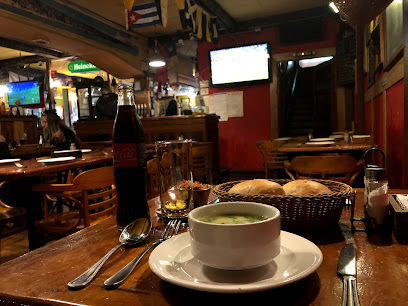
tio bar
Discover the vibrant nightlife and unique cocktails at Tio Bar in Valparaíso, a must-visit for any traveler seeking local flavor.
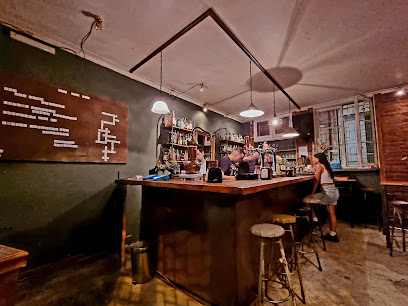
UK Bar - Cervezas Premium, Coctelería, Pizzería y Burger en Valparaíso
Discover UK Bar in Valparaíso: A premier destination for craft beers, gourmet burgers, and vibrant nightlife.
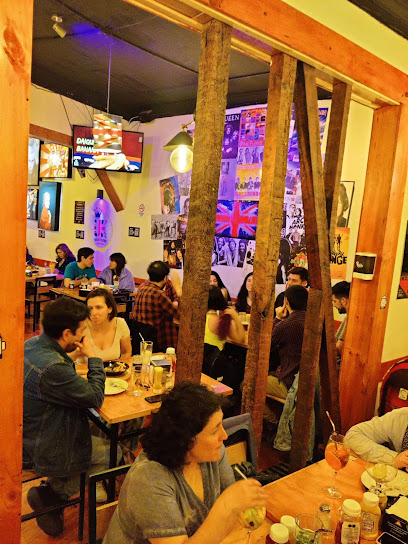
Bar el Irlandés
Discover the vibrant essence of Ireland in Valparaíso at Bar el Irlandés, where great food, drinks, and music await.
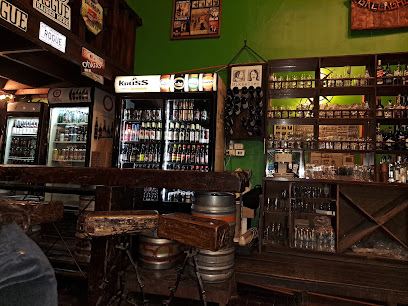
Hotzenplotz
Discover Hotzenplotz: A unique German tapas bar in Valparaíso, blending tradition with a modern twist in a vibrant atmosphere.

Bar Liberty
Discover the eclectic charm of Bar Liberty in Valparaíso, where unique decor meets delightful drinks for a remarkable experience.
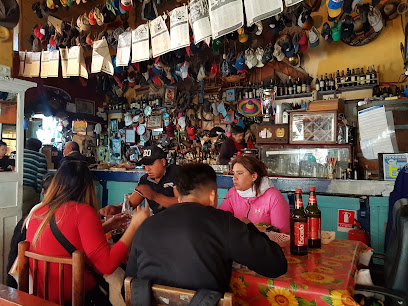
Baron Rooftop
Discover the culinary delights and breathtaking vistas at Baron Rooftop in Valparaíso, where every meal is a feast for the senses.
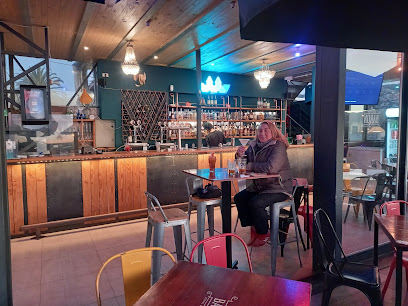
Bar De Pisco
Discover the vibrant flavors of Chile's pisco at Bar De Pisco in Valparaíso, where every sip tells a story of tradition and culture.
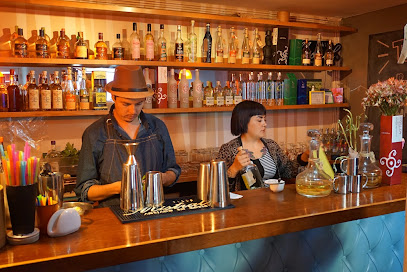
Local Phrases
-
- HelloHola
[oh-lah] - GoodbyeAdiós
[ah-dyohs] - YesSí
[see] - NoNo
[noh] - Please/You're welcomePor favor/De nada
[pohr fah-vohr/deh nah-dah] - Thank youGracias
[grah-syahs] - Excuse me/SorryPerdón/Lo siento
[pehr-dohn/loh syehn-toh] - How are you?¿Cómo estás?
[koh-moh ehs-tahs] - Fine. And you?Bien. ¿Y tú?
[byehn. ee too] - Do you speak English?¿Hablas inglés?
[ah-blahs een-glehs] - I don't understandNo entiendo
[noh ehn-tyehn-doh]
- HelloHola
-
- I'd like to see the menu, pleaseMe gustaría ver el menú, por favor
[meh goos-tah-ree-ah vehr ehl meh-noo, pohr fah-vohr] - I don't eat meatNo como carne
[noh koh-moh kahr-neh] - Cheers!¡Salud!
[sah-loohd] - I would like to pay, pleaseMe gustaría pagar, por favor
[meh goos-tah-ree-ah pah-gahr, pohr fah-vohr]
- I'd like to see the menu, pleaseMe gustaría ver el menú, por favor
-
- Help!¡Ayuda!
[ah-yoo-dah] - Go away!¡Vete!
[veh-teh] - Call the Police!¡Llama a la policía!
[yah-mah ah lah poh-lee-see-ah] - Call a doctor!¡Llama a un doctor!
[yah-mah ah oon dohk-tohr] - I'm lostEstoy perdido/a
[ehs-toy pehr-dee-doh/ah] - I'm illEstoy enfermo/a
[ehs-toy ehn-fehr-moh/ah]
- Help!¡Ayuda!
-
- I'd like to buy...Me gustaría comprar...
[meh goos-tah-ree-ah kohm-prahr] - I'm just lookingSolo estoy mirando
[soh-loh ehs-toy mee-rahn-doh] - How much is it?¿Cuánto cuesta?
[kwan-toh kwehs-tah] - That's too expensiveEso es muy caro
[eh-soh ehs mooee kahr-oh] - Can you lower the price?¿Puede bajar el precio?
[pweh-deh bah-hahr ehl pree-syoh]
- I'd like to buy...Me gustaría comprar...
-
- What time is it?¿Qué hora es?
[keh oh-rah ehs] - It's one o'clockEs la una en punto
[ehs lah oo-nah ehn poon-toh] - Half past (10)Son las diez y media
[sohn lahs dyehs ee myeh-dyah] - MorningMañana
[mah-nyah-nah] - AfternoonTarde
[tahr-deh] - EveningNoche
[noh-cheh] - YesterdayAyer
[ah-yehr] - TodayHoy
[oy] - TomorrowMañana
[mah-nyah-nah] - 1Uno
[oo-noh] - 2Dos
[dohs] - 3Tres
[trehs] - 4Cuatro
[kwah-troh] - 5Cinco
[seen-koh] - 6Seis
[seys] - 7Siete
[syeh-teh] - 8Ocho
[oh-choh] - 9Nueve
[nweh-veh] - 10Diez
[dyehs]
- What time is it?¿Qué hora es?
-
- Where's a/the...?¿Dónde está...?
[dohn-deh ehs-tah] - What's the address?¿Cuál es la dirección?
[kwal ehs lah dee-rehk-syohn] - Can you show me (on the map)?¿Puedes mostrarme (en el mapa)?
[pweh-dehs mohs-trar-meh (ehn ehl mah-pah)] - When's the next (bus)?¿Cuándo es el próximo (autobús)?
[kwan-doh ehs ehl proh-ksy-moh (ow-toh-boos)] - A ticket (to ....)Un boleto (a ....)
[oon boh-leh-toh (ah)]
- Where's a/the...?¿Dónde está...?
History of Plan
-
Plan, a key neighbourhood of Valparaíso, was established in the mid-19th century as the city expanded due to booming trade. The port of Valparaíso became a significant hub for international shipping, particularly during the California Gold Rush, which spurred growth in the surrounding areas, including Plan. The neighbourhood's development was characterized by the construction of residential buildings for the growing workforce.
-
Throughout the late 19th and early 20th centuries, Plan became a melting pot of cultures, attracting immigrants from Europe and Asia. This diversity enriched the neighbourhood's cultural landscape, leading to a unique blend of architectural styles, culinary traditions, and social customs that still influence the area today.
-
The Great Fire of Valparaíso in 1906 devastated large parts of the city, including Plan. This catastrophic event led to significant changes in urban planning and building codes, resulting in the reconstruction of the neighbourhood with more modern infrastructure. The fire also prompted a movement toward cultural revival, as residents sought to rebuild and redefine their community.
-
In the mid-20th century, Plan became a focal point for various political and social movements in Chile. The neighbourhood's working-class roots made it a hotspot for labor activism, especially during the rise of socialist movements in the 1960s. This period saw increased community engagement and the establishment of social organizations aimed at improving living conditions.
-
In the late 20th and early 21st centuries, Plan experienced a cultural renaissance, driven by efforts to preserve its historical architecture and promote local arts. The neighbourhood's vibrant street art scene, along with initiatives to restore heritage buildings, has made it a popular destination for both locals and tourists, contributing to the ongoing narrative of Valparaíso's rich cultural tapestry.
Plan Essentials
-
Plan is easily accessible from other neighborhoods in Valparaíso. You can take a local bus from the main terminal at Plaza Aníbal Pinto, which frequently services Plan. Alternatively, taxis and rideshare services are available, providing a convenient option for direct transport. If you're coming from Santiago, take a bus to Valparaíso’s main bus terminal and then transfer to a local bus or taxi to reach Plan.
-
Plan is best explored on foot due to its compact size and vibrant street life. Public transport options include local buses that connect various points in the neighborhood. Bicycles can be rented from shops nearby, and some streets are bike-friendly. Note that the hilly terrain may be challenging for some. For longer distances, taxis and rideshare services are readily available.
-
Plan is generally safe for tourists; however, it is wise to remain cautious. Areas around Avenida Alemania and some parts near the waterfront can have higher crime rates, including pickpocketing. Avoid displaying valuables and be vigilant in crowded areas. It’s advisable not to wander alone late at night in less populated streets.
-
In case of an emergency, dial 133 for police and 131 for medical assistance. Local hospitals and clinics are available within Valparaíso. It is advisable to have travel insurance that covers medical emergencies. For minor issues, local pharmacies can provide over-the-counter medications.
-
Fashion: Do wear comfortable shoes for walking and dress in layers due to changing weather. Don’t wear flashy jewelry that might attract unwanted attention. Religion: Do show respect by dressing modestly when visiting religious sites. Public Transport: Do be courteous and offer your seat to the elderly. Don’t eat or drink on public transportation. Greetings: Do greet locals with a friendly smile and a handshake. Eating & Drinking: Do try local dishes and accept invitations to share meals. Don’t waste food, as it is considered disrespectful.
-
To experience Plan like a local, start your day at the Mercado El Cardonal for fresh produce and local delicacies. Attend local cultural events, which are often advertised on community boards. Engage with local artisans in the street markets, where you can learn about traditional crafts. Explore the vibrant street art that adorns the walls throughout Plan and don’t hesitate to ask locals for their favorite hidden spots.
Nearby Cities to Plan
-
Things To Do in Viña del Mar
-
Things To Do in Santiago
-
Things To Do in Rancagua
-
Things To Do in Curicó
-
Things To Do in Mendoza
-
Things To Do in San Juan
-
Things To Do in Coquimbo
-
Things To Do in San Rafael
-
Things To Do in La Serena
-
Things To Do in Concepción
-
Things To Do in Temuco
-
Things To Do in Pucon
-
Things To Do in Córdoba
-
Things To Do in Valdivia
-
Things To Do in Osorno













